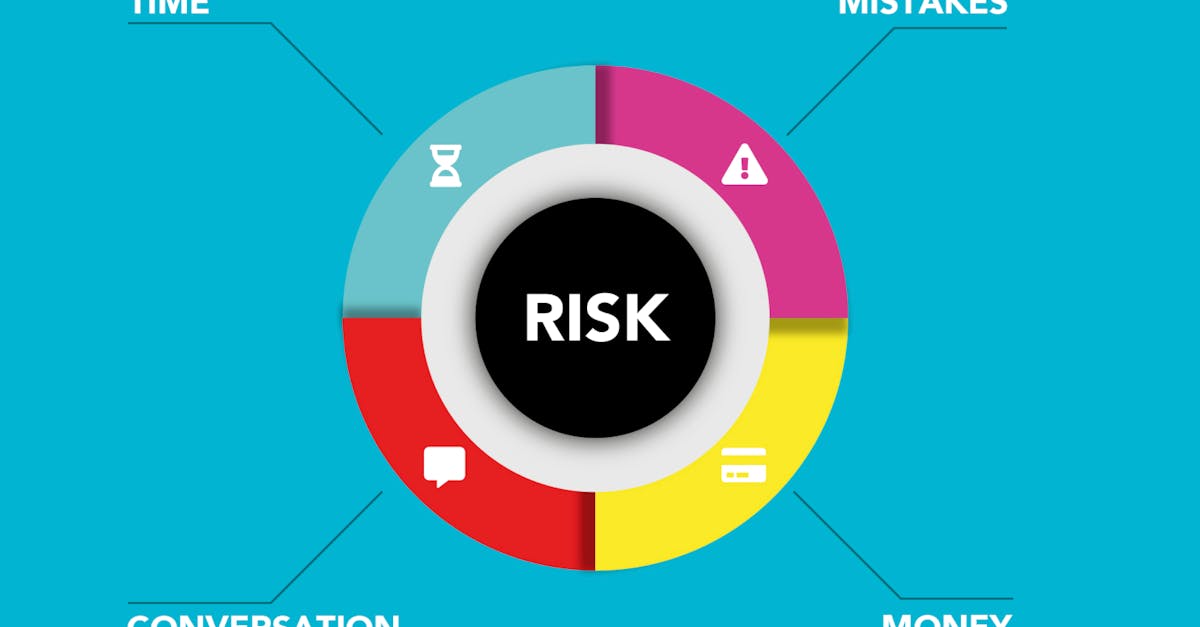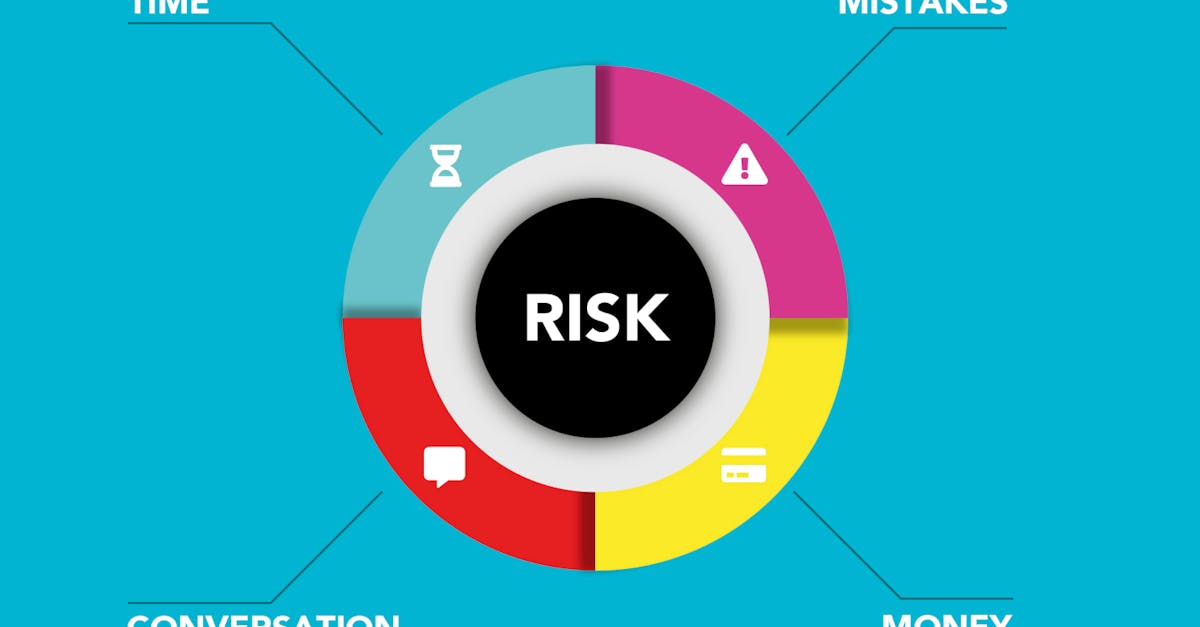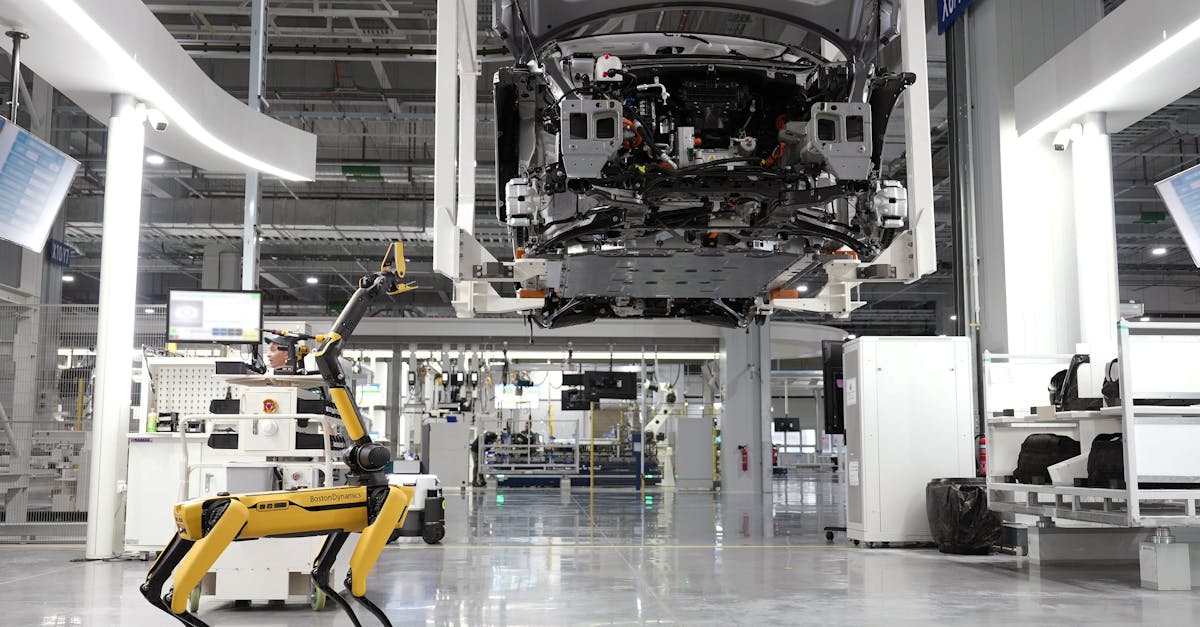Leadership in Disruptive Times Insights from Industrial Leaders
Introduction
Leadership in times of disruption requires resilience, vision, and adaptability, qualities that distinguish exceptional leaders from the rest. Industrial giants like General Electric, Siemens, and Toyota have faced their share of turbulence, from economic recessions to technological upheavals. Navigating these crises successfully has offered valuable lessons in leadership. These companies emphasize proactive approaches, stakeholder engagement, and fostering innovation. Their strategic responses not only preserve stability but also position these giants for future growth. In exploring their experiences, we uncover vital insights into leading amid uncertainty.
Advertisement
Anticipating Change
Successful leaders understand that disruptions are inevitable and prepare accordingly. At General Electric, anticipation played a crucial role during the financial crisis of 2008. Foreseeing challenges, the company diversified investments and strengthened their financial structures. Anticipating shifts allowed them to maintain operational integrity and emerge stronger. Leaders therefore need to stay informed about industry trends and potential risks. By engaging in continual market analysis, companies can foresee disruptions before they occur. This foresight equips leaders with the knowledge to devise effective contingency plans.
Advertisement
Flexibility and Adaptability
Siemens has demonstrated the critical importance of flexibility in their leadership approach during times of disruption. As technology rapidly evolved over the decades, Siemens shifted its focus from traditional electrical products to digital solutions. This adaptability ensured they remained competitive and innovative. An organization's ability to adjust its strategies in response to external changes is vital for survival and growth. Leaders must build a culture that embraces change, encouraging teams to experiment and learn from failures. Flexibility in leadership fosters an environment where innovation can thrive.
Advertisement
Navigating Economic Downturn
Toyota offers a prime example of leadership in economic challenges. During the global financial crisis of 2008, they implemented cost-reduction strategies while aiming to preserve employment. Their approach demonstrated financial prudence and empathy towards employees. Open communication during these times ensured transparency and trust. Leaders encountering economic downturns must prioritize financial stability without sacrificing core values and employee welfare. Balancing cost-efficiency with value-driven leadership can help organizations weather financial uncertainty.
Advertisement
Innovation and Forward Thinking
Innovation is crucial when navigating disruption, a principle upheld by industrial giants like 3M. By investing in R&D and fostering a culture of creativity, 3M excelled despite multiple industry disruptions. Encouraging employees to think outside the box creates a dynamic environment where new ideas are explored. Embracing technological advancements and implementing innovative solutions enables leaders to tackle contemporary challenges. Innovation not only resolves pressing issues but also aids organizations in outperforming competitors during disruptions.
Advertisement
Engaging Stakeholders
Siemens' approach during organizational changes exemplified the importance of stakeholder engagement. By involving stakeholders in decision-making processes, they ensured alignment with the company's vision. Transparent and honest communication fostered trust and loyalty. Whether during mergers, acquisitions, or technological transitions, engaging internal and external stakeholders is essential. This inclusivity generates a sense of ownership and collective responsibility. Stakeholder collaboration ensures informed decisions that address diverse perspectives, leading to more favorable outcomes during turbulent times.
Advertisement
Courageous Decision-Making
Leaders must often make bold decisions under pressure, as evidenced by IBM's turnaround in the 1990s. Faced with financial decline, IBM shifted from hardware to software and consulting services. This courageous transformation revitalized the company. Leaders must trust their instincts and be willing to take calculated risks. Addressing challenges with conviction can result in transformative progress. Courageous decision-making acknowledges both risks and opportunities that accompany disruption, steering organizations toward sustainable growth.
Advertisement
Building Resilient Cultures
Building resilience within an organization is vital during disruptions. Tesla exemplifies this, emphasizing flexibility and perseverance in their culture. Facing production challenges and market skepticism, Tesla cultivated a workforce ready to adapt and overcome obstacles. Leaders must instill resilience by ensuring that teams are equipped to handle stress and recover swiftly from setbacks. A resilient culture promotes confidence and determination, empowering employees to remain vigilant and focused on organizational goals. This culture of resilience is foundational for enduring success during times of turmoil.
Advertisement
Embracing Sustainability
Today’s industrial giants must also incorporate sustainability into leadership strategies amid disruption. Unilever's approach to sustainability showcases their commitment to long-term responsible business practices. They implemented eco-friendly policies and embraced sustainable innovation, proving that profitability and environmental stewardship can coexist. Leaders should prioritize sustainability, recognizing its importance in establishing credibility and competitive advantage. By integrating sustainable principles into business strategies, organizations contribute positively to societal challenges, solidifying their position as industry leaders.
Advertisement
Conclusion
Leadership in times of disruption requires visionary planning, adaptability, and stakeholder collaboration. Industrial giants like GE, Siemens, and Toyota highlight the necessity of proactive approaches and resilience. By anticipating change, fostering innovation, and maintaining transparency, these leaders exemplify how bold decision-making shapes organizational destiny. Engaging stakeholders and emphasizing sustainability forge lasting bonds and demonstrate social responsibility. Leaders confronting contemporary challenges can draw inspiration from industry titans, ensuring their organizations not only survive but excel during disruptions.
Advertisement








